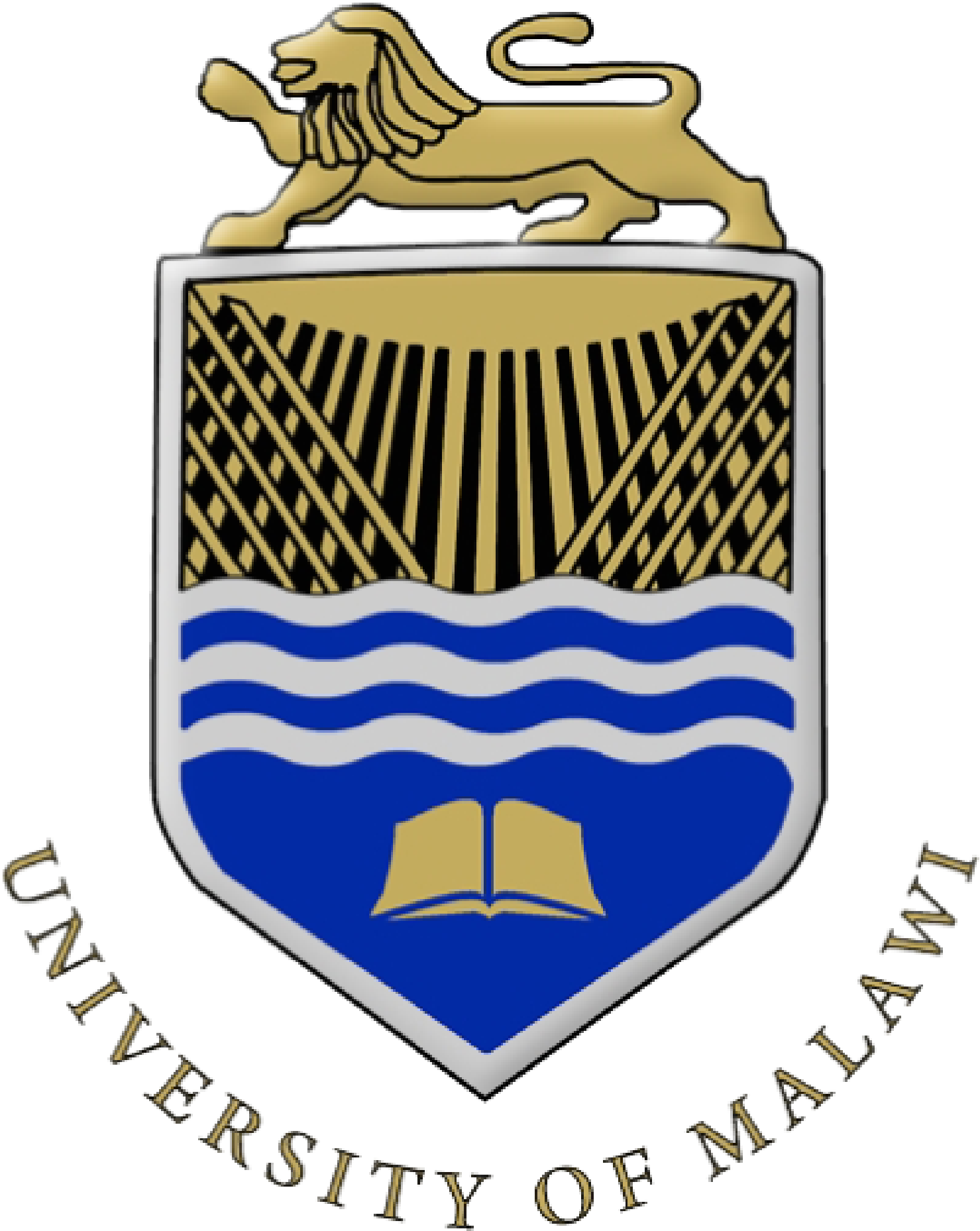UNIMA’s Student Journalism: A Reflection
With 3rd May being World Press Freedom Day, we at the University of Malawi reflect on the way our “Home of Academic Freedom” motto has been reflected not only in research, but also in campus journalism since the institution’s establishment. For a long time, UNIMA (then Chancellor College) has been an active hub of writing skill. Back when the internet was still a thing of myth, UNIMA students put pen to paper and revealed maturing investigative, satirical and creative skill. This power of the pen was nurtured through these publications, some of which are mentioned here.
After the University of Malawi was established, students felt a need to share news about various events happening around its campuses. One of the earliest publications, from as far back as 1970, was the University of Malawi Students’ Magazine, which went at a prize of 30 tambala. The Umodzi Students’ Magazine later followed.
The Publications Directorate of the then Students Union of Chancellor College played a huge role in regulating the publications, especially given the atmosphere of censorship in the institution’s early years. Student publications like the Chanco News Bulletin and the Chanco Observation Bureau were regulated by the Directorate, which assisted in the printing and selling of the publications. The outgoing editorial teams would run adverts for any members of the student body to join the board. Successful students would be adopted into the team. Another related publication was The University Harvester, a magazine specifically produced, not just supported, by the University of Malawi Students’ Union.
Eventually, some other publications arose that were not directly affiliated with the Students’ Union. These included The Telescope, which was specifically designed to cater for the views of students belonging to the Catholic Faith.
The late 90s and early 2000s, however, saw a flurry of publications that were a bit more creative, challenging and daring in their reporting styles, most likely stemming from the overall journalistic euphoria and newly found press freedom associated with that period in Malawi. These publications offered creative critiques of students’ antics and scandals on campus, employing language that revealed a mastery of satire and a growing command of writing excellence. It is during these years that titles such as the Chanco Times, Chirunga Tempest, Chanco Pride and Chirunga Focus enjoyed circulation, with the last two featuring full gloss covers and being sold for MK100. An early example of the satirical spirit was the Chanco Forum. Following in this critical tradition was The Force, a publication that attracted admiration and vitriol in equal measure. One of the final newsletters to offer this critical style was Nyale, whose title highlighted the nascent investigative skills of its editorial team.
In a way, the advent of the internet has done much to dampen the spirit of campus journalism, but the newswriting muse continues to live on. At the time of writing this, there is no student newsletter or magazine that exists in print form at the University of Malawi. Chanco Storm had an online presence for some time, but that also fizzled out. Currently, the two dominant student news outlets are Chanco News and Colonels Media. Both of these are exclusively online (mainly Facebook), and invite submissions from the student community. They are both managed independently by students, with minimal to no involvement of the Student Representative Council (the new version of the Student’s Union).
These are avenues that served as stepping stones for some of the individuals who have gone on to make names in Malawi’s journalism society, as well as other sectors. Khwesi Msusa, Thabo Chakaka Nyirenda, Idriss Nassah, Jack McBrams – these are but a few of the names that cut their teeth on such avenues.
Official news outlets
On the administrative and academic side, the institution has, over the years, produced various news publications, written almost exclusively by staff members. In the early years, the institution used to publish the UNIMA Newsletter. At present, however, the university publishes the UNIMA Bulletin (currently in its 10th year of circulation), as well as newsletters produced from the various faculties. These include the School of Humanities and Social Sciences Bulletin, the School of Natural and Applied Sciences Bi-Monthly Bulletin, the School of Law, Economics and Government Newsletter and the School of Education Newsletter. The institution also produced the Chanco Perspective magazine, which only had one issue.
Copies of some of these publications have been safely preserved for posterity in the university’s library, specifically at the Malawiana section and they offer a more vivid glimpse into the past through the articles preserved therein.
The institution has also ensured its footprint on the media scene by establishing its own television and radio station. Chanco Community Radio started broadcasting in 2013 while Chanco TVwent on air in 2016. The radio reaches Zomba, Phalombe, Machinga and Chiradzulu districts while the television has a nationwide reach.
On World Press Freedom Day, we celebrate the contribution of UNIMA to the nation’s journalism sector.



